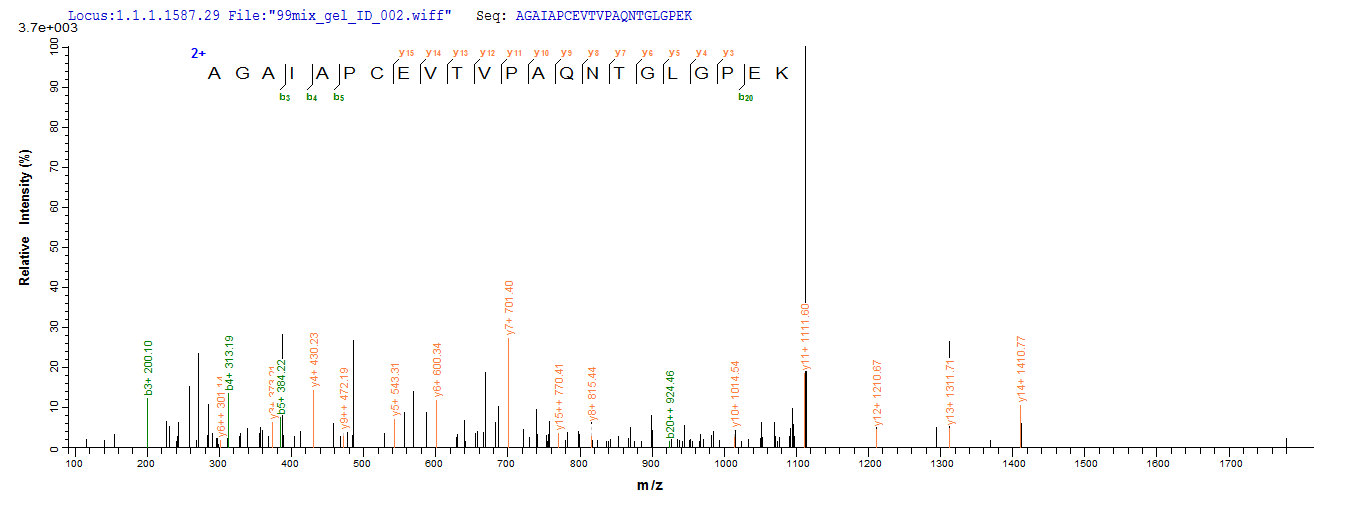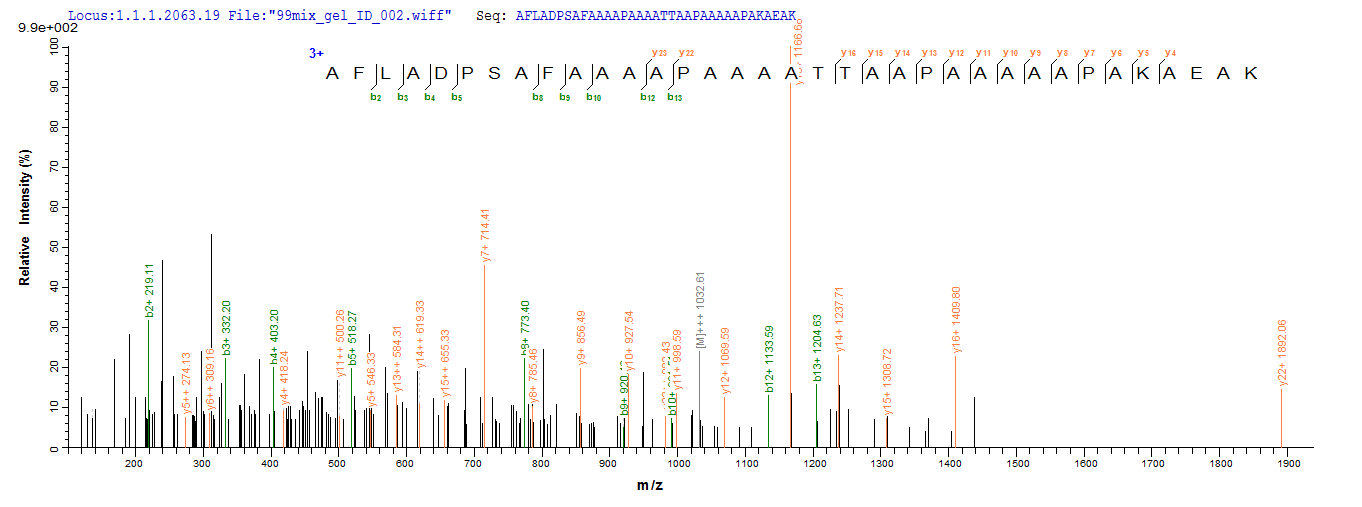Recombinant Mouse 60S acidic ribosomal protein P0 (Rplp0) is produced using an E. coli expression system, which appears to offer both high yield and consistent performance. This full-length protein spans amino acids 1-317 and comes with an N-terminal 10XHis-SUMO tag plus a C-terminal Myc tag—features that likely improve both purification and detection capabilities. SDS-PAGE analysis indicates purity levels above 90%, suggesting this product may be well-suited for research applications that demand high-quality reagents.
The 60S acidic ribosomal protein P0 represents a key component of the ribosomal machinery. It's part of the large ribosomal subunit and seems to play an important role during the elongation phase of translation. This positioning makes it essential for maintaining both efficiency and accuracy in mRNA translation, which could explain why it's become a valuable target for studies examining ribosome function and protein biosynthesis pathways.
Potential Applications
Note: The applications listed below are based on what we know about this protein's biological functions, published research, and experience from experts in the field. However, we haven't fully tested all of these applications ourselves yet. We'd recommend running some preliminary tests first to make sure they work for your specific research goals.
Mouse Rplp0 is a core component of the ribosomal stalk, requiring proper folding and association with other ribosomal proteins for its function in translation elongation. The E. coli expression system can often produce soluble ribosomal proteins, and the SUMO tag may enhance solubility and correct folding. However, ribosomal proteins typically function within large complexes, and the dual tags (especially the large SUMO tag) may interfere with proper protein-protein interactions. While the protein may be correctly folded at the monomer level, its functional activity within ribosomal complexes cannot be guaranteed without validation.
1. Ribosome Assembly and Biogenesis Studies
This application carries a significant risk. While the full-length protein contains all functional domains, the large N-terminal SUMO tag may sterically hinder proper integration into the ribosomal stalk structure. The protein might not correctly associate with P1 and P2 proteins or incorporate into 60S subunits, leading to failed reconstitution experiments. In vitro assembly would require tag removal and validation of native folding.
2. Protein-Protein Interaction Mapping
The dual tags provide technical flexibility for pull-down assays to screen for interaction partners. However, the tags may alter protein conformation or mask binding sites, leading to false negatives. If the protein is correctly folded, it could identify partners like P1/P2 ribosomal proteins, but results require validation with endogenous protein. Interaction studies are feasible but compromised by potential tag interference. Results should be considered preliminary.
3. Antibody Development and Validation
This recombinant Rplp0 is an excellent immunogen for generating antibodies against mouse Rplp0. The full-length sequence ensures comprehensive epitope coverage. The high purity minimizes antibodies against contaminants. The Myc tag provides an additional epitope for antibody screening. These antibodies will be valuable for detecting Rplp0 in Western blots and immunoassays.
4. Biochemical Characterization and Stability Studies
This is the essential first step to assess the protein's physical properties. Techniques like SEC-MALS and CD spectroscopy can determine oligomeric state, folding quality, and stability. These studies are crucial for evaluating whether the protein is monodisperse and well-folded, informing its suitability for other applications.
Final Recommendation & Action Plan
This recombinant Rplp0 has potential for biochemical and immunological applications but is compromised for functional ribosomal studies due to the large fusion tags. The immediate priority is Application 4 (Biochemical Characterization) to assess protein folding and homogeneity. Application 3 (Antibody Development) can proceed immediately. Application 2 (Interaction Studies) should be approached with caution, with results validated by alternative methods. Application 1 (Ribosome Assembly) should be avoided unless the tags are removed and proper folding is confirmed. For functional ribosome studies, tag-free protein or endogenous Rplp0 from ribosomal preparations is recommended.








